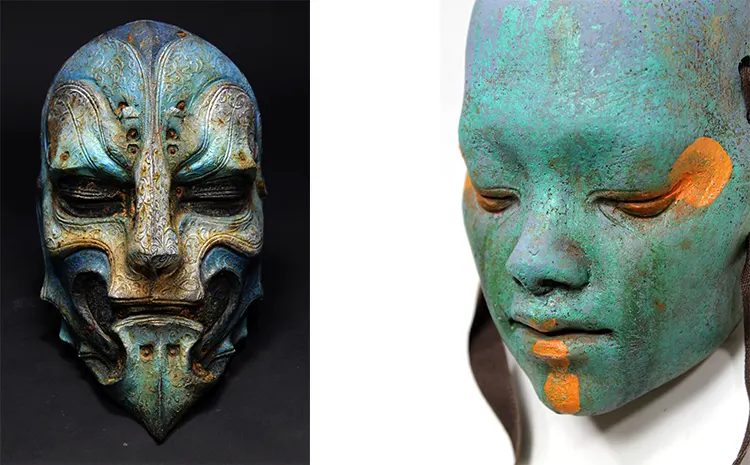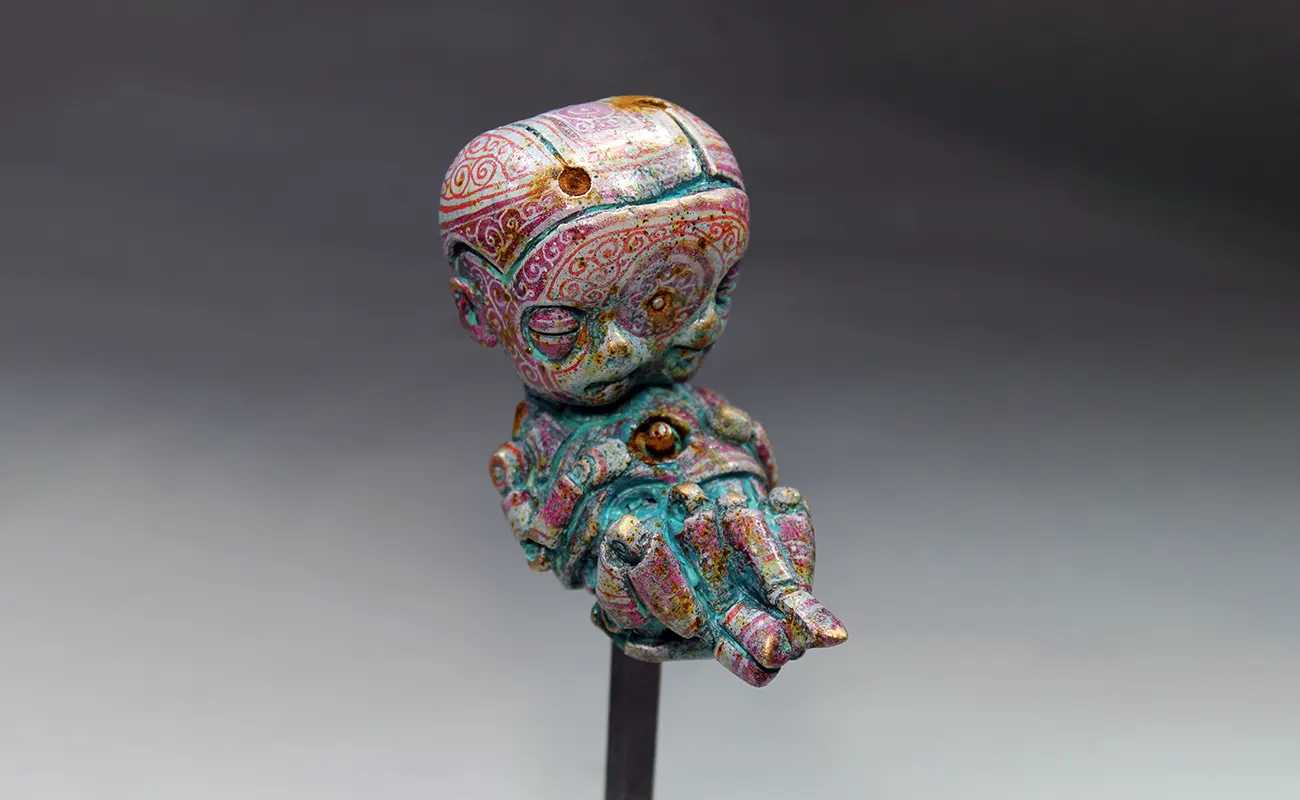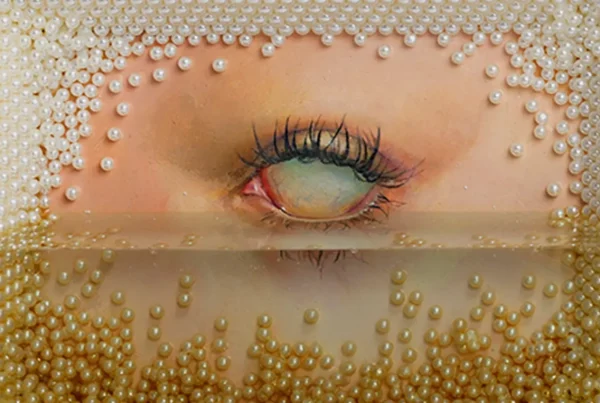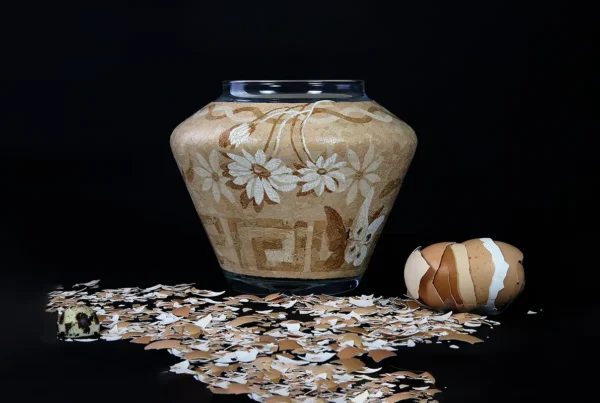“Sculpture has always had the function of creating the presence of what we cannot see.”
Plunging into the Depths: The Artistry of Tomàs Barceló
There is no specific incipience to be pinpointed in Tomàs Barceló‘s artistic journey, but rather a consistent, lifelong engagement in the realm of creativity. Unlike many, who tend to forsake the artistic activities of their youth, Barceló continued to embrace them, consistently finding himself entranced by the world’s intricate beauty and ceaseless wonder.
In his early years, Barceló cultivated a budding ambition to step into the realm of film direction. However, his fascination for drawing, modeling, and crafting complex mechanisms gradually flourished, evolving in tandem with this initial aspiration. From his childhood years, Barceló bore a perception of the world as a place far more magnificent than what the average gaze discerns. This perspective fueled his yearning to translate this profound wonder into tangible creations—a compelling force that continues to shape his artistic endeavor even today.
The task of defining Barceló’s artistic style presents a formidable challenge; his creative output, rather than representing a discrete identity, manifests as an innate expression of his inner world. His work undeniably carries the imprint of his fascination for ancient sculpture and its impactful role in the civilizations that conceived it. The elusive language of sculpture, yet to be fully decoded, wields an immense, magnetic power that the artist finds irresistible.
In his oeuvre, Barceló seeks a fusion of the austere with the surprising, imbuing his work with a spirited playfulness that pervades his creative odyssey. His art is a delicate dance between the solemnity of the ancient and the spontaneity of the new, a testament to his enduring fascination with the world and its limitless potential for wonder.
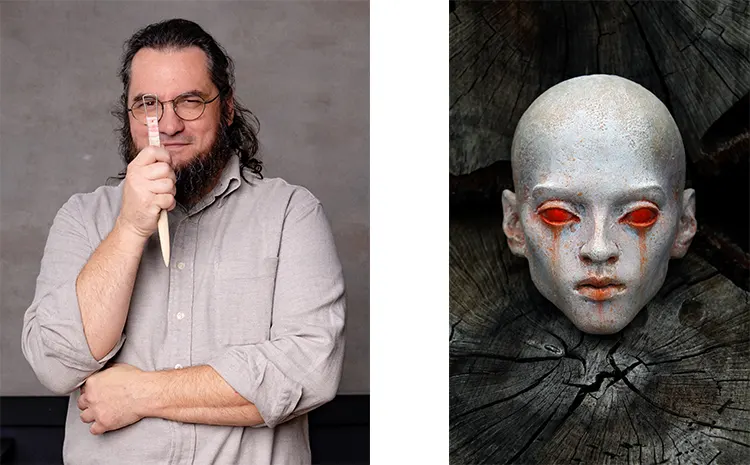
Finding Tranquility Amidst Chaos: Tomàs Barceló’s Creative Haven
The artistry of Tomàs Barceló is deeply rooted in the exploration of sculpture as an age-old form of expression. Throughout the annals of history, the medium of sculpture has served as a conduit to make the invisible visible, from equestrian statues symbolizing distant sovereigns, to divine representations in holy shrines, or tributes to the departed in sacred remembrance sites. It is thus an intrinsic aspect of Barceló’s work to plunge into these profound depths. The work of this eminent artist has, at times, been imbued with a religious essence, an interpretation that he regards with great humility and reverence.
In his creative haven, Barceló finds tranquility amongst the chaos, despite its modest size and lack of comfort. Over the passage of time, the allure of machinery has waned for him, supplanted by a growing affinity for manual craftsmanship, irrespective of the substantial investment of time it necessitates. Personal circumstances occasionally pose a challenge to his ability to devote entire days to seclusion in his studio, but the artist consistently strives to redirect these distractions into productive endeavors. Video games, for instance, have been purposefully eschewed due to their potential to monopolize his time.
Barceló also acknowledges the role social networks play in his artistic process, enabling him to establish connections with other creatives who resonate with his passion. In addition, he derives pleasure from the simultaneous undertaking of multiple projects, enriching his artistic journey and broadening his creative horizons.
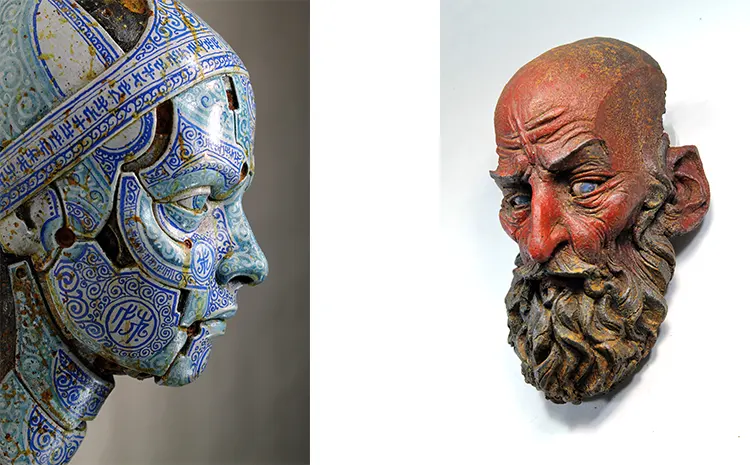
Tomàs Barceló: Artistic Sensibilities
The prevailing influence of archaic sculpture, particularly the profound resonance of Egyptian art, has long shaped the artistic sensibilities of Tomàs Barceló. The authenticity, refinement, and profundity inherent to this historical form of artistry, intrinsically connected to the metaphysical, have consistently fueled his creative vigor. His artistic vision is equally impacted by the expansive sphere of fantasy and science fiction, absorbed through literary works and cinematographic ventures. Renowned titles such as The Neverending Story, The Lord of the Rings, Alien, ET, Dune, Terminator, and Indiana Jones have notably enriched his mythological canvas, molding his interpretive lens of the universe.
In the realm of contemporary art, Barceló’s artistic landscape has been broadened by an array of exceptional talents. Visionaries such as Francesc Grimalt, Mr. Finch, Sandra Arteaga, Ludek Burian, Ulger Dolls, and Moises Espino (Goblinslab), amongst others, have imparted invaluable insights. Nevertheless, this cataloging of influences does not cover the entirety of deserving artists, underscoring the selective and somewhat unjust nature of such listings.
A deeply impactful artwork for Barceló is the shattered green head of Berlin. His European exploration post-university saw him venturing on a personal quest to witness Nefertiti in Berlin. Unexpectedly, he found himself profoundly moved by a fragmented sculpture of an anonymous figure—neither pharaoh nor deity. This sculpture, to date, holds the status of the most captivating piece he has ever encountered. Its compelling strength lies in the purity of its Egyptian roots, a concentrated focus on elemental aspects coupled with a naturalistic aura that breathes life into it. The sculpture’s anecdotal creases bestow an air of levity, further enhancing its charm.
As an aspirational young man, harboring dreams of becoming a sculptor, Barceló found himself profoundly moved by this unassuming artifact, created centuries ago by an anonymous Egyptian artisan. This deeply affecting experience led to a powerful emotional reaction, resulting in days of seclusion in his hostel room, unable to venture out to explore other Berlin attractions.

From Stone to Resin: The Evolution of Tomàs Barceló’s Artistry
In recent years, Tomàs Barceló has primarily chosen to work with resin, a choice influenced by its cost-effectiveness and its convenience for international shipping. This decision demonstrates Barceló’s commitment to democratizing access to his artwork, aiming to broaden its reach and increase its impact beyond the traditional circle of art investors.
In the initial stages of his career, Barceló’s artistry mainly centered around stone and wood. This preference underscores the artist’s acknowledgement of the critical role that size and material play in the evolution of a sculptor. Barceló often found a distinct pleasure in carving wood, even though the viability of this medium in the immediate future is not yet determined.
Moreover, Barceló nurtures an intrigue for the untapped potential of other materials, such as ceramics and bronze, expressing a desire to further explore these possibilities in his future work.
Looking ahead, Barceló has a suite of ambitious projects he yearns to bring to fruition. A recurring theme in his work is a captivation with futuristic ancestral robots, a fascination that prompts the artist to delve deeper into this subject.
Parallel to this, Barceló finds himself increasingly drawn to the exploration of demons, reflecting a willingness to confront and articulate the more shadowy and disconcerting facets of existence. In stark contrast, the artist also aspires to conceive creations that encapsulate light and wonder. Explicitly, he wishes to navigate the realm of religious artistic expression, aiming to forge the most remarkable and awe-inspiring pieces imaginable.
